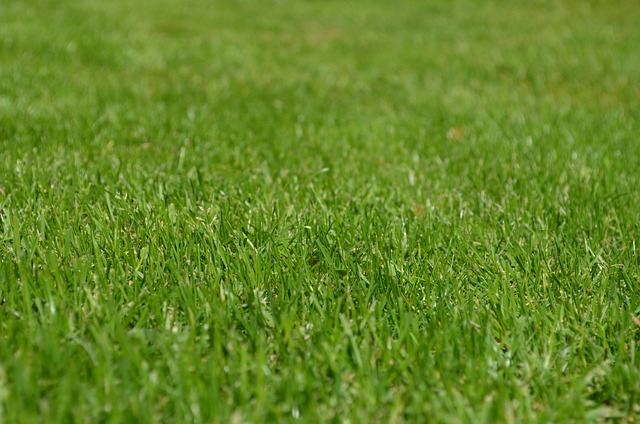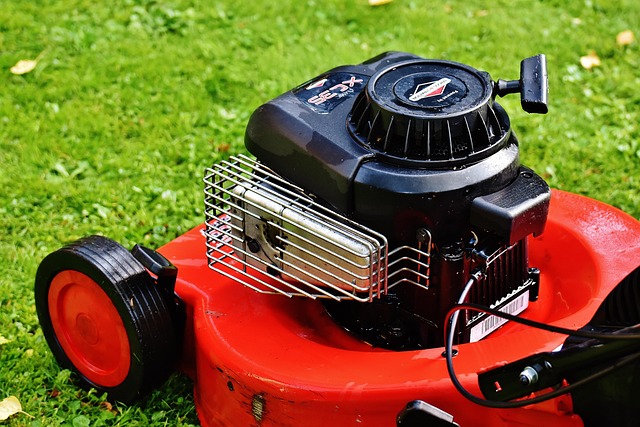Brown spots on lawns in Aurora are typically caused by issues like poor drainage, compacted soil, pest infestations, or nutrient deficiencies. Identifying patterns and consistent discolouration is key to diagnosis. Soil testing reveals pH levels, nutrient content, and organic matter, guiding targeted treatments such as fertilization or aeration. Restoring lawn health involves aerating soil, adjusting watering, incorporating compost, applying fertilizers, and maintaining strong root systems to eliminate brown spots and ensure a vibrant landscape.
“Lawn plant soil testing services play a pivotal role in tackling the common cause of brown spots on lawns in Aurora. These spots, often indicative of underlying soil issues, can range from nutrient deficiencies to pest infestations or disease. By understanding the root causes, homeowners and lawn care professionals can effectively restore their lush green landscapes. This article guides you through the process, offering insights into identifying brown spots, the significance of soil testing, and implementing tailored solutions for a vibrant Aurora lawn.”
- Understanding Brown Spots: Identifying Common Lawn Issues in Aurora
- The Role of Soil Testing in Diagnosing and Treating Brown Spots
- Effective Solutions for Restoring Your Lawn After Soil Analysis
Understanding Brown Spots: Identifying Common Lawn Issues in Aurora

Brown spots on your lawn can be a common and frustrating issue for many homeowners in Aurora. Identifying the root cause is crucial to effectively treating and preventing future problems. These spots often indicate underlying issues such as poor drainage, compacted soil, pest infestations, or nutrient deficiencies. In some cases, extreme weather conditions like drought or heavy rainfall can also contribute to their formation.
When examining your lawn for brown spots, look for patterns and consistent areas of discolouration. If the spots are circular or ring-shaped, it could suggest a problem with irrigation or pest activity. Uneven growth and patches of dead grass might indicate compacted soil or nutrient deficiencies caused by poor drainage. Regular testing of your soil can help pinpoint these issues early on, allowing for timely intervention to maintain a healthy and vibrant lawn.
The Role of Soil Testing in Diagnosing and Treating Brown Spots

Soil testing plays a pivotal role in identifying and addressing the underlying issues causing brown spots on lawns in Aurora. Brown spots, often an unsightly sight, can be symptomatic of various problems such as nutrient deficiencies, pest infestations, or compacted soil. By analyzing samples from these affected areas, labs can determine the pH levels, nutrient content, and organic matter present in the soil. This data guides tailored treatments like fertilization, pest control, or soil amendment to restore a lush green lawn.
Understanding the common causes of brown spots is key. Nutrient imbalances, for instance, might require adding specific nutrients like nitrogen, phosphorus, or potassium. Compact soil, often a result of heavy foot traffic or poor drainage, may necessitate aeration or dethatching. Moreover, soil testing can reveal the presence of pests or diseases that cause browning, allowing for targeted applications of pesticides or fungicides to promote lawn health and eliminate brown spots.
Effective Solutions for Restoring Your Lawn After Soil Analysis

After identifying the issues through soil analysis, it’s time to restore your lawn. One of the most common causes of brown spots on lawns in Aurora is nutrient deficiencies or imbalances, often due to compacted soil. Addressing this by aerating the soil can help improve drainage and oxygen flow, promoting grass growth. Overwatering is another culprit; ensure proper irrigation by adjusting your watering schedule based on seasonal needs and soil moisture readings.
Applying the right amendments is crucial. For example, adding organic matter like compost can enhance soil structure and fertility. If nutrient deficiencies persist, consider a balanced lawn fertilizer to provide essential nutrients. Regular mowing and maintaining a healthy root system will further strengthen your lawn against common causes of brown spots, ensuring a lush and vibrant landscape.
Testing your lawn’s soil is a powerful tool to address brown spots, often caused by various factors like nutrient deficiencies or pest activity. By identifying these issues early, you can implement targeted solutions to restore your Aurora lawn’s health and appearance. Remember, quick action when managing lawn problems makes for effective, long-lasting results.
